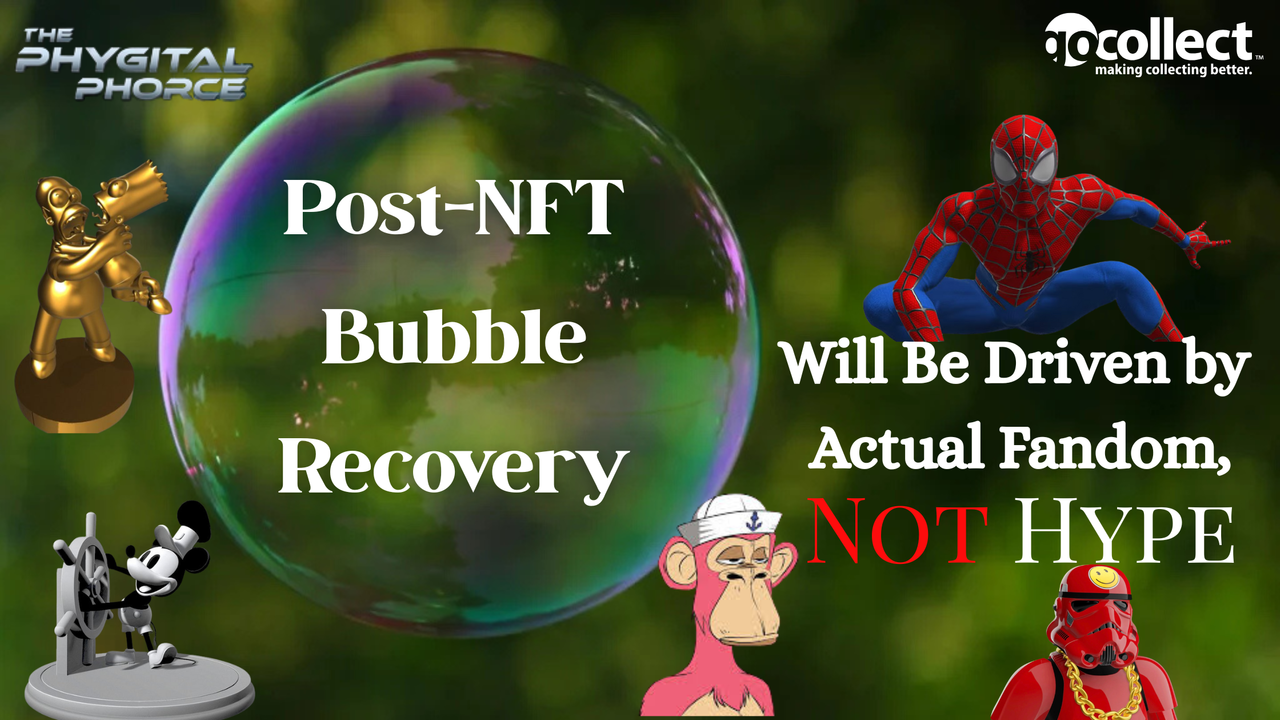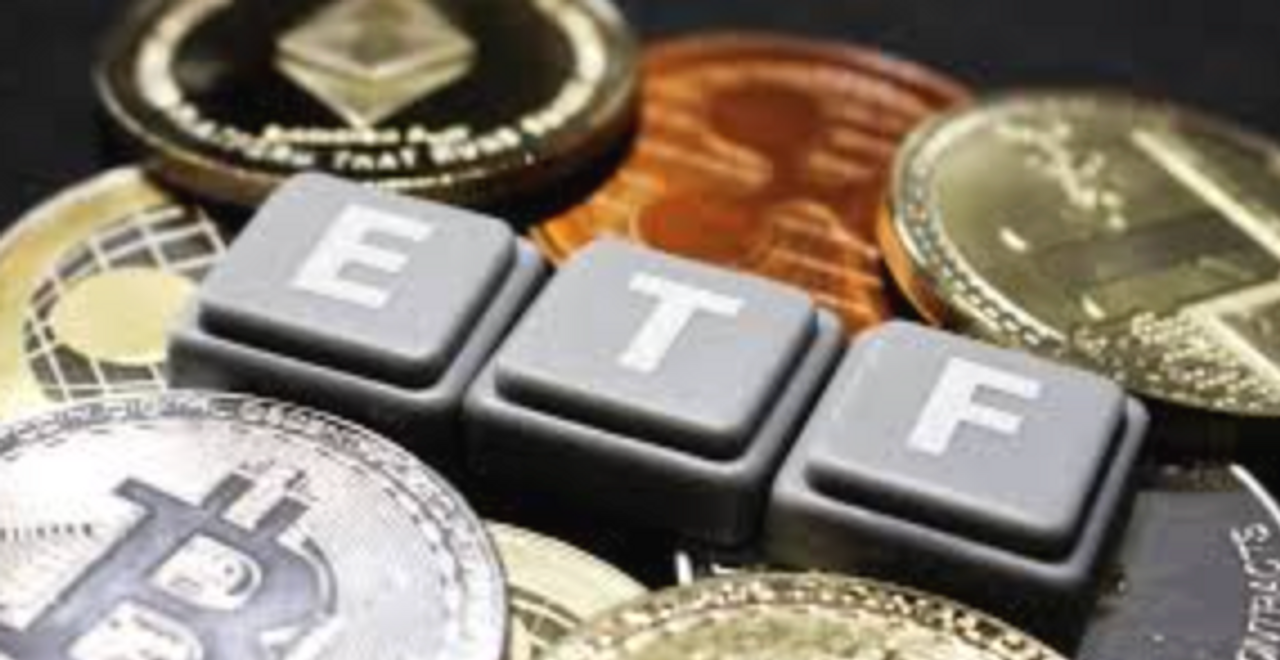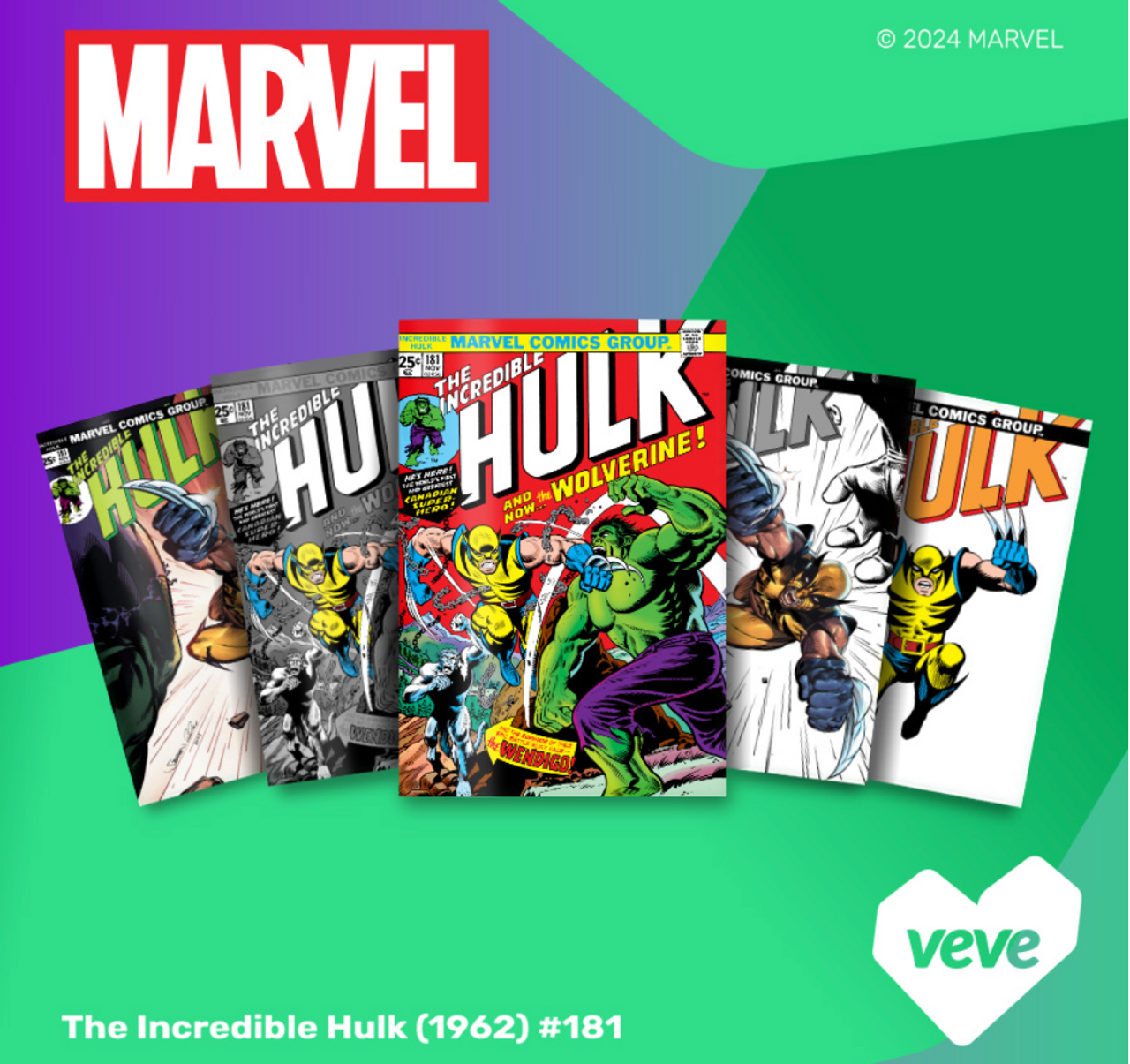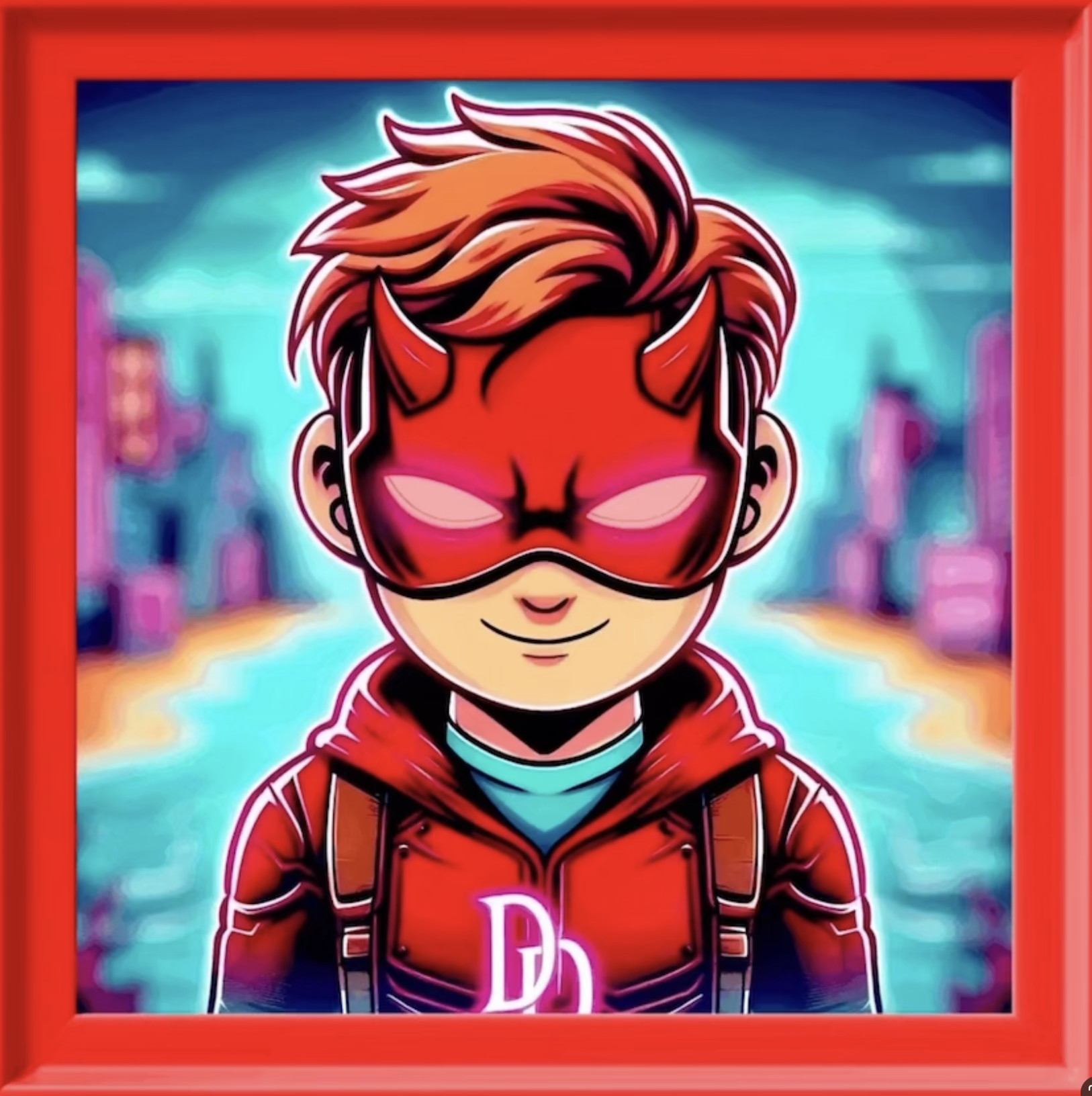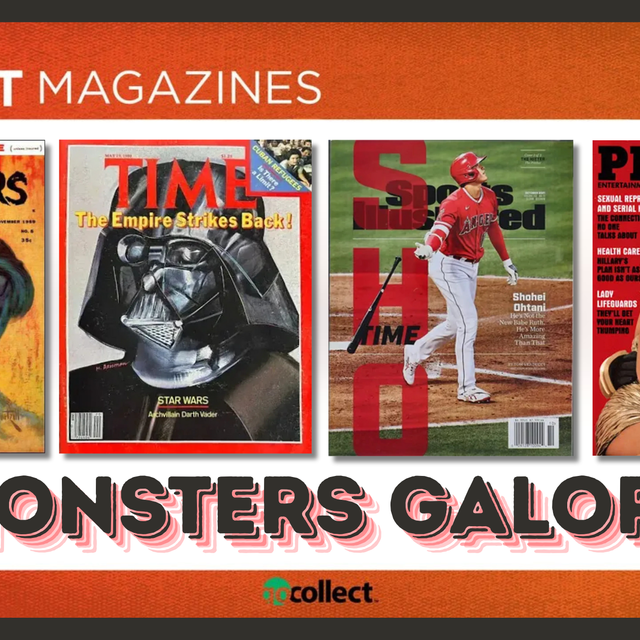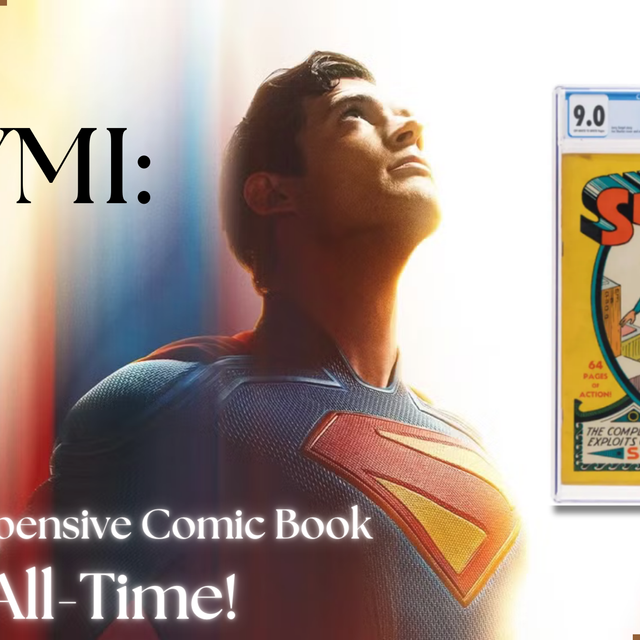In digital spaces, fans can connect wherever they live. It’s like standing in line outside the comic store at 7 am to get a limited drop. | Credit: Pexels.
Hello again digital collector fans! This article is a Special Feature I'm excited to share with you, which is a recent column written by VeVe Digital Collectible's CEO, Mr. David Yu, on the intersection of traditional with digital collecting.
This article was originally Published Sept. 10, 2025 on CCN.com (edited by Samantha Dunn). David has kindly accepted my request to repost it with our GoCollect Community, where I hope you enjoy how new technologies are significantly enhancing our world of collecting and what lies ahead. Oh yeah...I took the liberty of adding a few links to some additional reading material that helps paint a broader picture of the fun times ahead. Enjoy!
Key TakeawaysThe speculative NFT bubble has popped, leaving behind a more meaningful foundation.
Digital collectibles now focus less on financial hype & more on fandom.
AR, VR & Blockchain expand what collectibles can be, creating immersive, eco-friendly alternatives.
Collecting Has Always Conjured Up Vivid Images.
Boxes of action figures still in their packaging, lined up neatly on shelves. Pages of baseball cards in plastic sleeves. Crates of records sitting beside the stereo. A stash of old coins tucked away in a closet.
But behind those nostalgic scenes are items that cost a fortune, endless searches through dusty shops and eBay listings, and excess packaging that comes with every delivery.
And for many fans outside major markets, geographical restrictions add insult to injury.
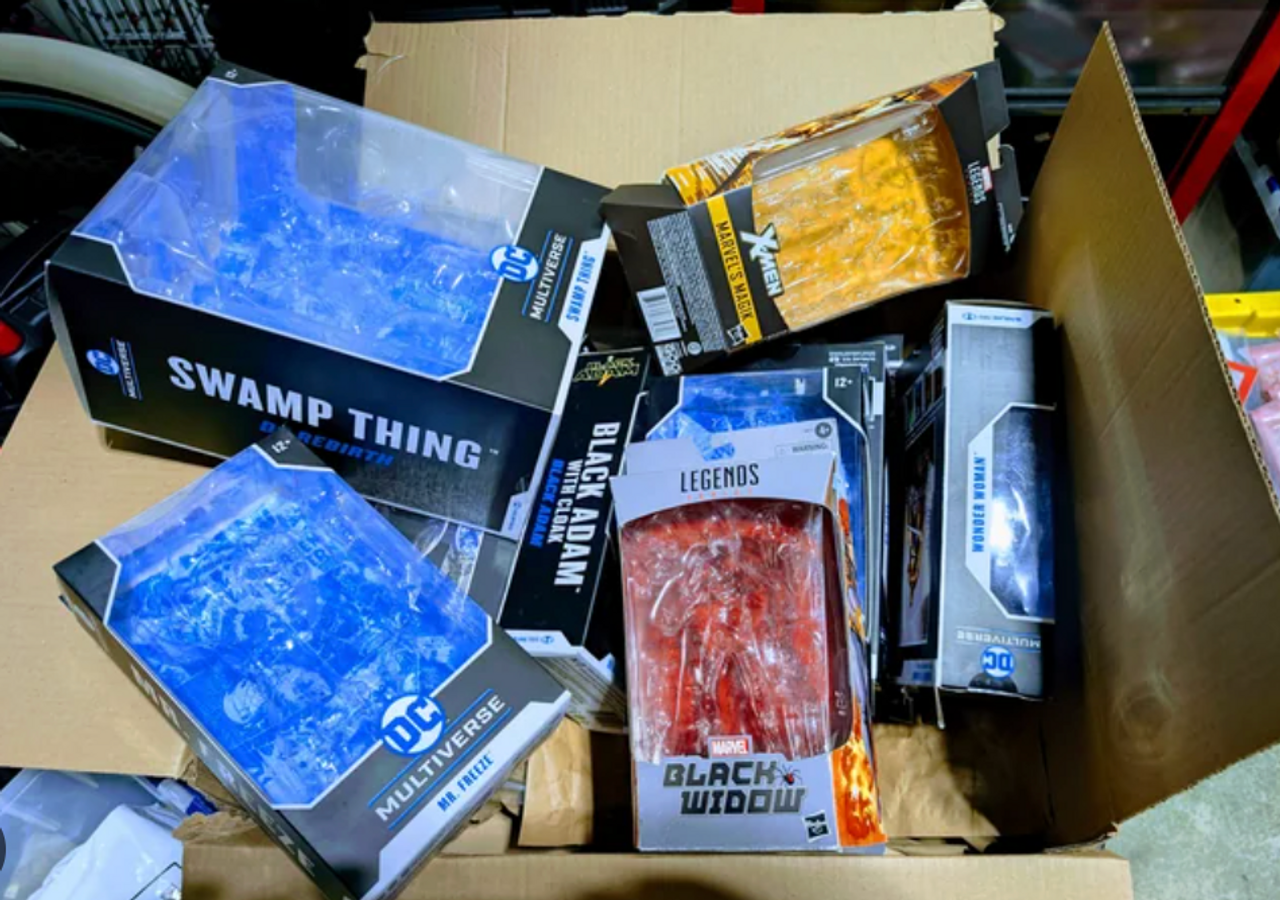
Collectibles and New Markets
As someone who grew up collecting in New Zealand, I knew how hard it was to access the same collectible culture that seemed so normal in the U.S. Finding and affording physical collectibles was nearly impossible.
Collecting has been part of human culture for millennia, and the global collectibles market is expected to reach $512B this year.
And yet, despite its longevity and value, the industry hasn’t evolved in a way that solves these persistent problems of access, waste, shipping, and scalability.
With the increasing pressure on companies and countries to be more climate-conscious and the ever-changing politics of global trade, physical collecting is beginning to show its cracks.
By moving collectibles onto secure, transparent, and public ledgers, we can make rare, meaningful fan items accessible to anyone, anywhere, with full authenticity and zero waste.
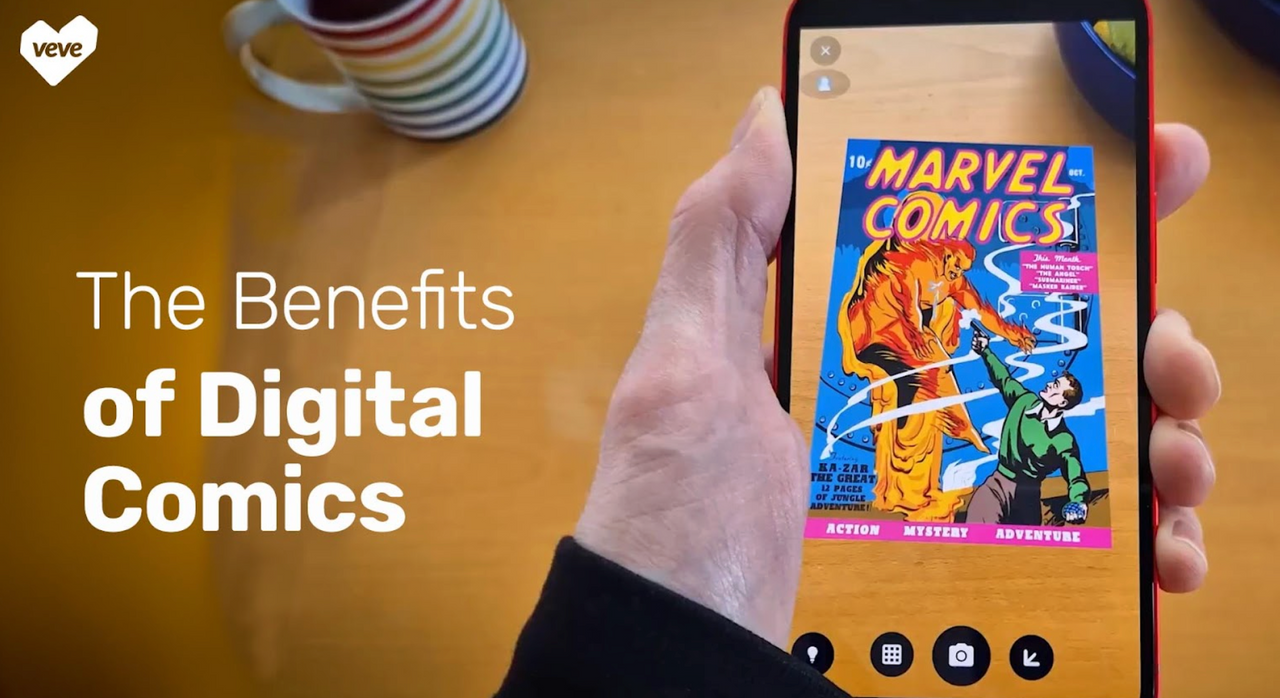
The Next Evolution of NFTs
In 2017, we saw the official birth of NFTs. At the time, it seemed like this was a way to bring collecting online.
But I believe NFTs created a kind of bubble, one which only those who understood the technology and its purpose could access. This bubble appeared parallel to cryptocurrency, where both were, for a time, viewed by their small group of investors as money-making schemes.
In 2025, that bubble has popped, and what’s left is the foundation of something more meaningful.
Just as cryptocurrencies have matured, NFTs are maturing too. We’ve seen the financial world evolve around blockchain through ETFs, stablecoins, and tokenised assets.
Institutions now see crypto as a viable part of the modern financial system.
Digital collectibles are the cultural counterpart to that financial evolution.
They’re the sustained advancement of what NFTs originally set out to do. To use blockchain to verify ownership and authenticity in a digital world.
Yes, they’re backed by Blockchain. Yes, they exist in the digital realm. But unlike the speculative hype of early NFTs, digital collectibles are rooted in fandom, not finance.
They’re about making collecting smarter, more accessible, and better aligned with how people actually engage with their favourite characters, games, or stories.

Better Tech for Better Collecting
The connection between collecting and blockchain is natural. Collecting is about rarity, status, and authenticity – exact traits that blockchain technology was purpose-built to verify and protect.
Digital collectibles use that tech to expand collecting opportunities for fans, who are already the same people who would buy a comic book or go to HobbyTown, or the antique store looking for stamps.
Thanks to AR and VR, digital items can have more depth and creativity than physical-factory manufacturing allows. Designs aren’t limited by production costs or shipping constraints. Instead, artists and creators can build immersive, detailed pieces with features impossible to replicate physically.
The metaverse also offers something meaningful here. In digital spaces, fans can connect regardless of where they live.
It’s a new version of standing in line outside the comic store at 7am to get the limited drop, except now, anyone in the world can line up, and the rarity is guaranteed on-chain.
Physical collecting also comes with real-world costs. Plastic packaging, emissions from global shipping, warehousing, and overproduction.
Digital collecting avoids all of that. And with modern blockchains moving toward carbon neutrality, digital merchandise becomes a more sustainable, ethical choice.
Meanwhile, tariffs, material shortages, and inflation are adding to this physical accessibility issue. In the U.S. and elsewhere, fans and IPs alike are raising concerns about quality, affordability, and supply chain reliability.
Digital solves for that. There’s no waiting, no shipping fees, and no risk of bent corners or customs delays.
This is how we future-proof collecting.
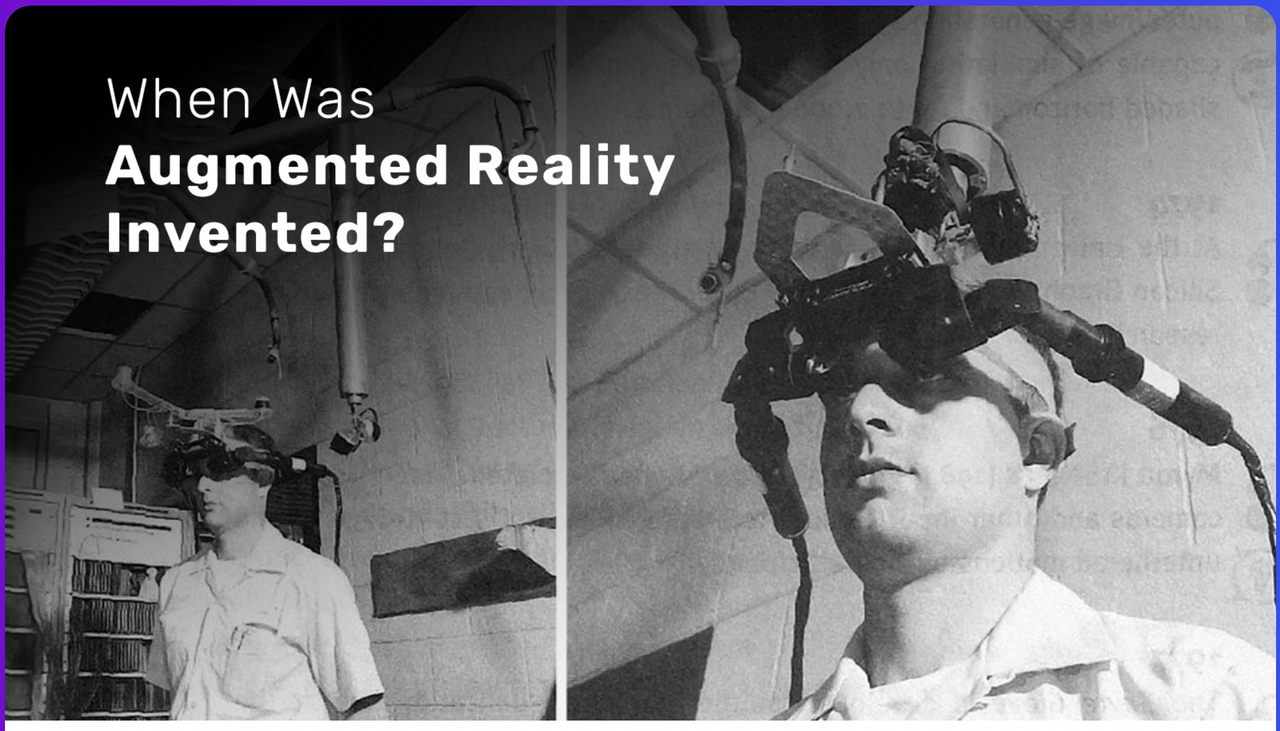
Digital Collectible On-Ramp to Web3
Of course, blockchain and crypto still have an aura of complexity. That’s why digital collectibles can be a perfect on-ramp.
When fans download an app that lets them buy officially licensed collectibles or the comics they already love – and that just happens to use blockchain under the hood – they’re stepping into this world organically.
It’s the same principle that made ETFs an accessible entry point into investing. Digital collectibles can do that for blockchain.
Millions are already being onboarded this way. We’re seeing a popular response from our community to “phygital” drops – digital items paired with physical ones, and publishers moving into licensed digital comics that retain the same rarity and fan value as their print counterparts.
These are clear examples of blockchain that keep the soul of collecting intact. You still get that sense of ownership, of discovery, of being able to own something others might not have. But now it’s easier, greener, and finally global.
The digital collectibles market is forecast to grow from about $11 Billion USD today to more than $48 billion by 2033.
People love collecting. They always have. Blockchain just gives us a better way to do it.
Thanks for Reading & Thanks again David for sharing this article with us!
New Users: Click the Hulk 181 Image Below & Sign Up @ VeVe Today + $10 USD FREE to Start!
Own your own LICENSED Digital Comics & Collectibles.
